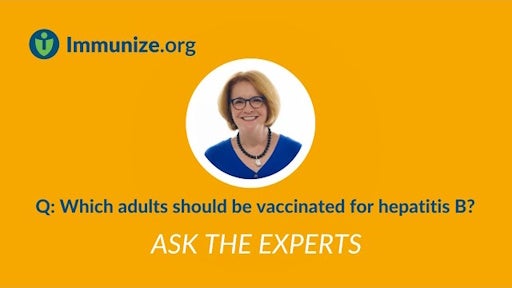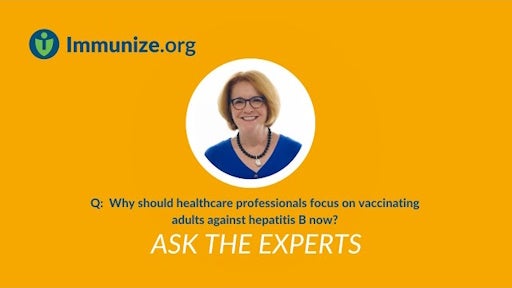Persons with chronic HBV infection (those with persistent hepatitis B surface antigen [HBsAg] in the serum for at least 6 months) serve as the main reservoir for HBV transmission.
HBV is transmitted through percutaneous (through the skin), mucosal, or non-intact skin exposure to infectious blood or body fluids. HBV is concentrated most highly in blood, and percutaneous exposure is an efficient mode of transmission. Semen and vaginal secretions are infectious, and HBV also can be detected in saliva, tears, and bile. Cerebrospinal fluid, synovial fluid, pleural fluid, peritoneal fluid, pericardial fluid, and amniotic fluid are also considered potentially infectious. Urine, feces, vomitus, nasopharyngeal washings, sputum, and sweat are not efficient vehicles of transmission unless they contain blood because they contain low quantities of infectious HBV. Hepatitis B surface antigen (HBsAg) found in breast milk is also unlikely to lead to transmission, so HBV infection is not a contraindication to breastfeeding.
Among adults in the U.S., HBV is transmitted primarily by percutaneous exposure to blood (for example, injection drug use) and sexual contact. HBV is transmitted efficiently by sexual contact both among heterosexuals and among men who have sex with men (MSM). Transmission can occur from interpersonal contact (e.g., sharing a toothbrush or razor, contact with exudates from dermatologic lesions, or contact with HBsAg-contaminated surfaces) and in settings such as schools, child care centers, and facilities for developmentally disabled persons. Transmission of HBV from transfusion of blood or blood products is rare because of donor screening and viral inactivation procedures. Other possible sources of infection include contaminated medical or dental instruments, unsafe injections, needle-stick injuries, organ transplantation, and dialysis.
In 2022, a total of 2,126 cases of acute hepatitis B were reported to CDC, corresponding to 13,800 estimated acute infections (based on the estimated ratio of acute cases reported to actual acute cases). In 2022, 52% of all acute hepatitis B cases were people age 40 through 59 years.
In 2022, only 26% of reported acute cases documented the presence of one or more risk factors for hepatitis B infection; 28% reported no risk factor and 46% of reports were missing risk factor data.

